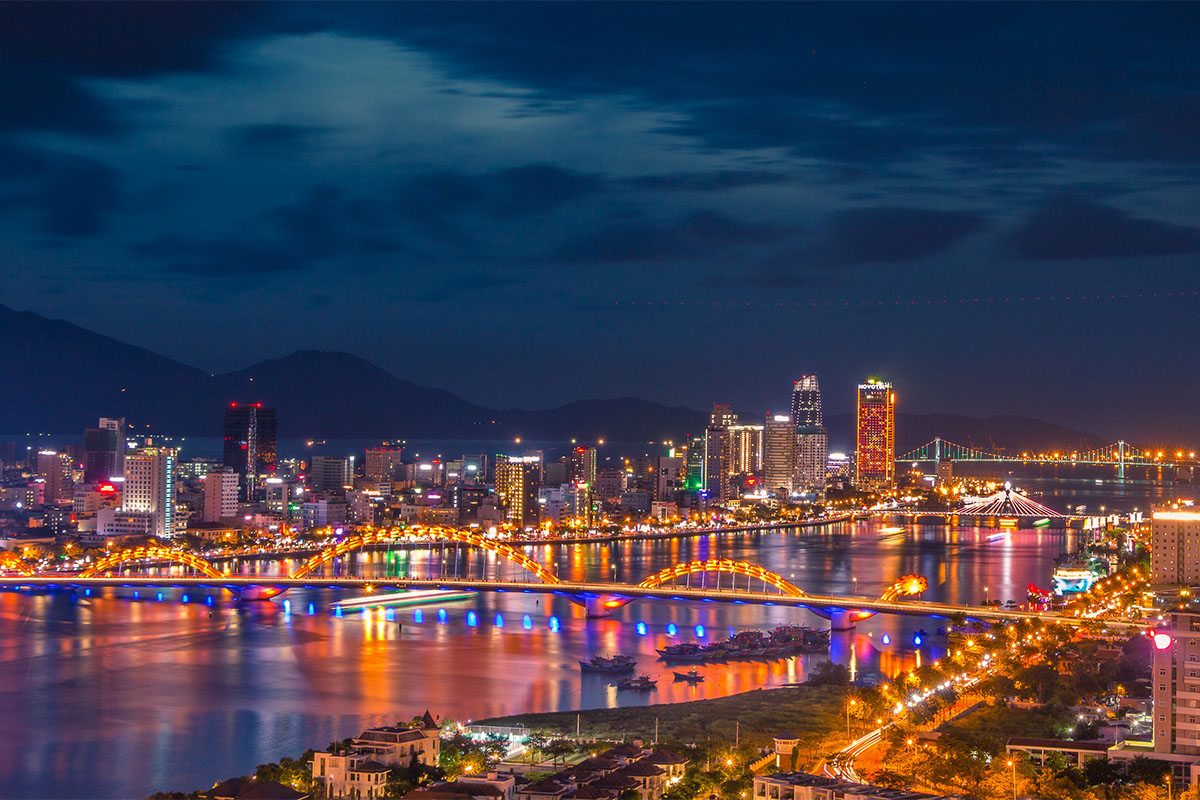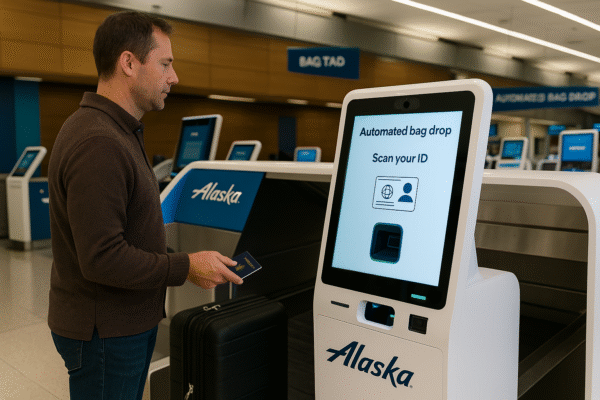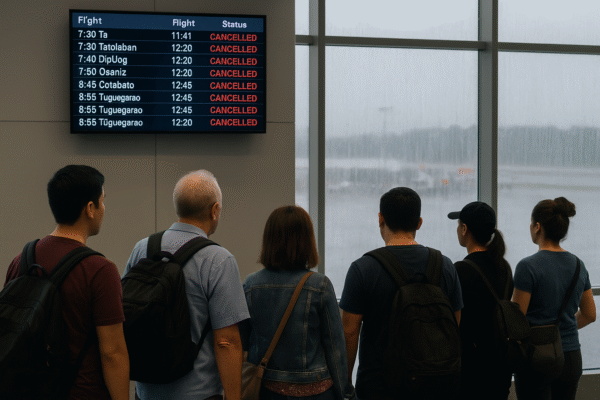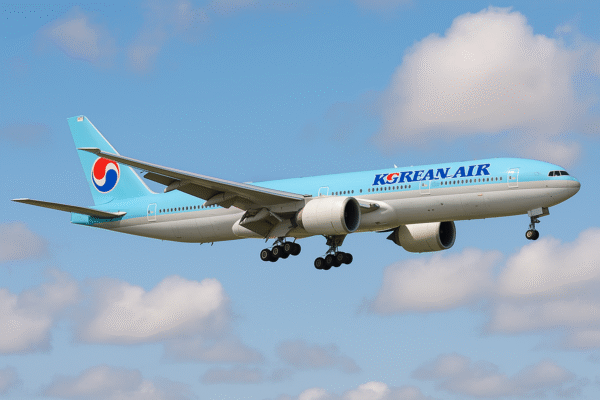In the wake of Typhoon Kajiki’s passage, China’s southern coastline—including the renowned tourist hubs of Hainan and Guangdong—has begun its journey back to normalcy. Transportation arteries are reopening: flights, highways, and train services that were suspended amid the storm’s chaos are now gradually resuming. The reopening of Sanya’s Phoenix International Airport and the ports in Haikou signal pivotal milestones in this recovery process. Maritime traffic across the vital Qiongzhou Strait has also been reinstated, clearing a backlog of stranded vehicles and supplies.
Utilities Reconnected, Services Restored
The storm seriously impaired critical infrastructure—water, power, and communications all took a hit. Many households lost clean water access, while outages swept through hotels and communities alike. Emergency efforts have swiftly mobilized water restoration teams, deploying technicians, generators, and support vehicles to bring services back online. Electricity, a linchpin for tourism facilities, has seen high-priority interventions with thousands of emergency personnel working around the clock. Similarly, communication networks—vital for navigating as a traveler today—are being reestablished, with technicians repairing mobile and landline coverage to restore connectivity.
Environmental Impact and Road Safety
The environmental aftermath cannot be overlooked. The storm uprooted tens of thousands of trees, shattered roadways, and obstructed access to key tourist attractions. Rapid mobilization of cleanup crews is helping to rebuild highways and repave the route for safe travel. Ensuring that roads link airports, resorts, and beaches is essential not only for tourism but also for everyday life in affected communities.
Coordinated Emergency Response Builds Confidence
In response to the crisis, the Hainan provincial government deployed over 10,000 personnel—from military to sanitation teams—accompanied by more than 1,000 support workers from adjacent cities. Emergency supplies flooded into regions like Sanya, Lingshui, and Ledong. This highly visible action—efficient, organized, and compassionate—sends a powerful message: the region is safe, resilient, and ready to welcome visitors again.
A Reassuring Return to Travel
Tourism operators, airlines, and hotels are now in recovery mode. Flight schedules are being reinstated, hotels are reopening with renewed energy, and coastal resorts are beginning to welcome travelers. Government advisories emphasize constant vigilance, urging visitors to stay informed about travel updates, but the general sentiment is optimistic: the journey back to the beach is well underway.
Broader Reflection: The Global Travel Landscape Amid Natural Disasters
Typhoon Kajiki underlines the fragility of travel networks in the face of extreme weather. From disrupted itineraries to delayed transport, global tourism remains vulnerable. But swift reactivation of transport and utility networks can restore trust quickly. The rapid recovery of southern China’s travel infrastructure underscores the importance of resilient systems and readiness. It’s a vivid reminder that destinations, when prepared and responsive, can rebound quickly—and with global travelers depending on timely information, this resilience becomes a selling point in itself.
Looking Ahead: Rebuilding for the Future
Authorities and analysts agree: while immediate restoration efforts are impressive, long-term infrastructure strengthening remains vital. Investments in robust utilities and disaster-resistant transport systems are essential to safeguard tourism against future storms. As Hainan and Guangdong rebuild, the focus turns to building back smarter—not just replacing what was lost, but enhancing resilience for future challenges.
For tourists, the message is clear: southern China is reopening with renewed energy, stronger safety measures, and a steadfast commitment to recovery. From sandy beaches to cultural landmarks, the region is ready to showcase its enduring beauty and warm welcome once more.
For more travel news like this, keep reading Global Travel Wire

















